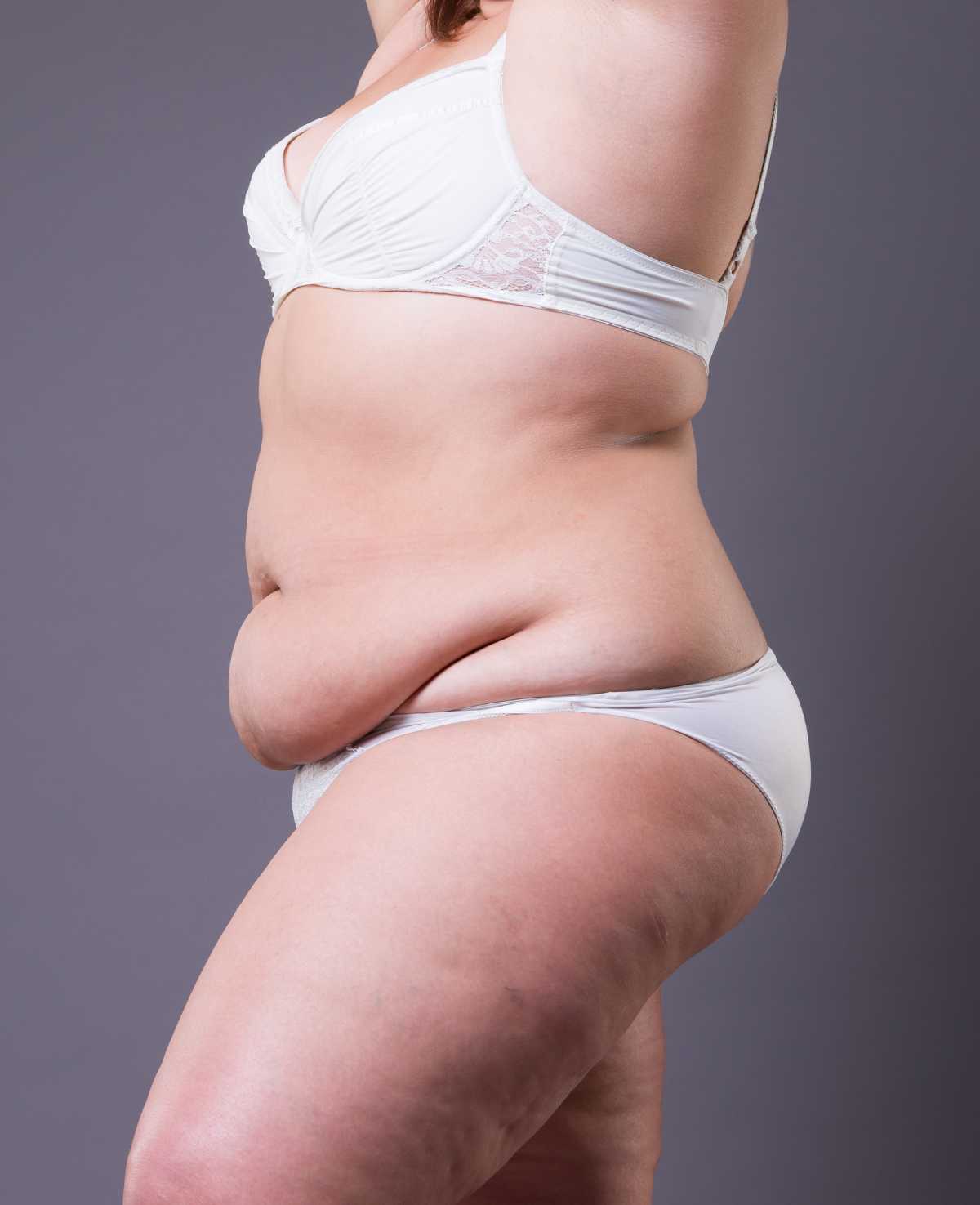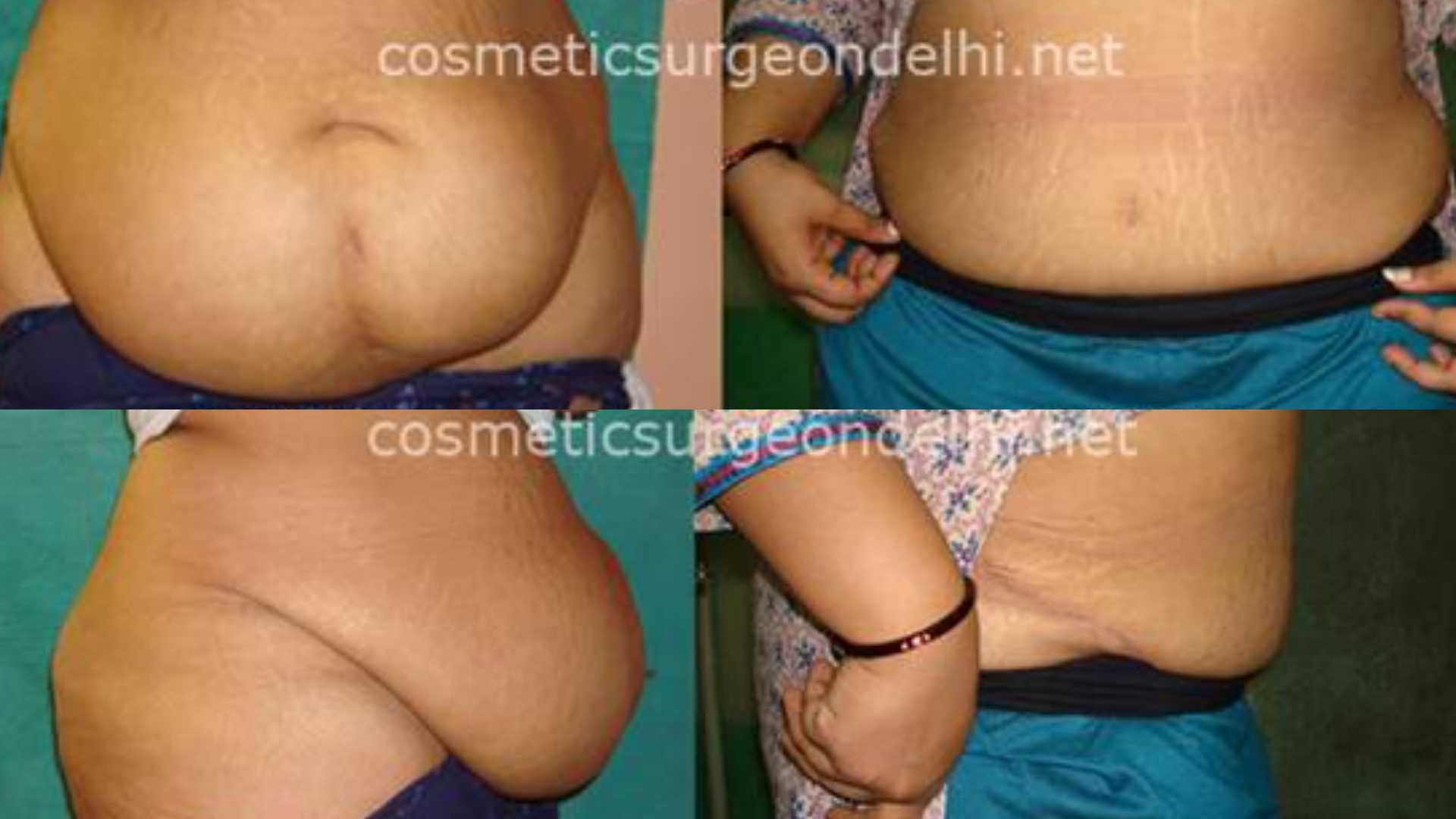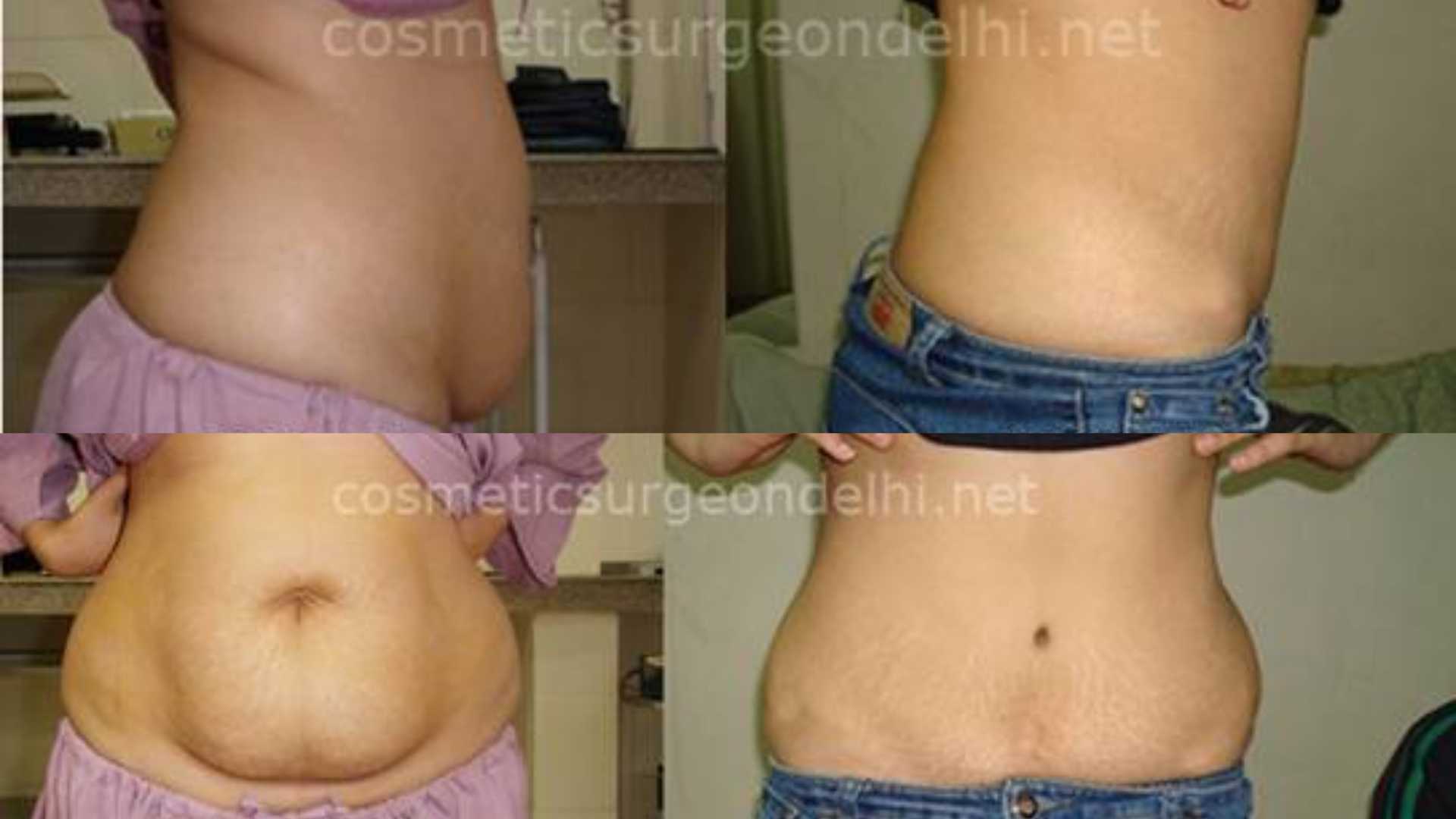
Tummy Tuck
Abdominoplasty (tummy tuck) is the operative procedure which is carried out to make abdomen firm and flat, compared to previous appearance. In this operation, extra (hanging) skin, fat and soft tissues are removed, the abdominal fascia is tightened, umbilicus is reshaped and additional liposuction may be carried out to give a thinner, firmer and toned appearance.
If you have abdominal skin fold/ folds hanging down and you are within 15-20% of your ideal body weight, then you may be a good candidate for Tummy Tuck. Similarly, patients who have lost a huge amount of weight after Bariatric Surgery or otherwise, may be good candidates for Tummy Tuck. Women, who have completed their families and have hanging abdominal skin folds despite all conservative measures such as diet and exercise may also be good candidates for Tummy Tuck.
In Liposuction, multiple small incisions are made, usually in hidden areas. Through these small incisions, thin cannulae are passed to loosen and suck the fat out from desired areas. In tummy tuck, long incision is made, in a hidden area (within bikini line), to undermine, mobilize, stretch and remove the hanging abdominal folds, so that these can be removed. At the same time, umbilicus is also reshaped to a youthful appearance.
Your plastic surgeon is able to determine this after an examination. If your abdominal skin fold is loose, hangs down or has a poor skin tone, then you may be a candidate for tummy tuck. If however, despite having fat in abdominal wall, it does not hang much and it has a good skin tone, then you may be a candidate for Liposuction.
If you are grossly overweight, typically more than 20% of your ideal body weight, or have a BMI above 30, then you should first undertake measures to reduce your body weight. These measures can be dieting, exercise, medical measures or Bariatric Surgery. Once your body weight is within this range (BMI 30 or less, or within 20% of your ideal body weight, you may be a candidate for Tummy Tuck. However there are exceptions and treatment for every patient is chosen as per his/ her fitness, other patient related factors and experience of the surgical team.
This depends on the extent and type of abdominoplasty being carried out. An epidural anesthesia also ensures a pain free postoperative period, by regular top ups of analgesics via epidural catheter. However, the type of anesthesia will be chosen by your anesthesiologist after a detailed discussion with you, during the pre anesthetic check up.
Types of Abdominoplasty (Tummy Tuck)
In this procedure, an incision is given from one hip to the other in the lower groin crease. Skin and fat are undermined upwards till rib margins. An incision is given around and near to umbilicus and the umbilicus is detached. The abdominal fascia is then tightened vertically and any gaps in muscles in midline are closed. Any hernia defects that are found are also treated, thus getting rid of weaknesses in abdominal wall. The excess skin and fat are then excised, umbilicus is shaped and re-sited in a more aesthetic position. Liposuction may be done at periphery to give a smoother appearance and the wound is closed, leaving behind a drain for around 2 days so that any secreted fluids are drained off. The patient is discharged in 2-3 days time.
In this procedure, the incisions are extended slightly backwards so as to be able to tighten the waist and thigh also.
This is usually carried out in those individuals, who have had massive weight loss, resulting from bariatric surgery, or otherwise. These patients have very loose hanging abdominal, with little fat, usually hanging several inches. In this procedure, the incision is carried around the patient circumferentially, in order to deal with laxity in entire torso, including, buttocks.
In this variant of the procedure, in addition to vertical suturing of abdominal fascia, lateral suturing is also carried out, to redistribute tension and improve the tone of lower abdomen.
This was developed for those patients, who did not have so significant excess of skin and fat, as to require full abdominoplasty. The incision is much smaller and only the lower abdominal skin and fat is undermined.
In this technique, the incision around umbilicus is omitted altogether. Instead, the umbilical stalk is detached from inside and later, after the procedure, it is fixed in a more aesthetic position, few cms. down compared to previous position.


